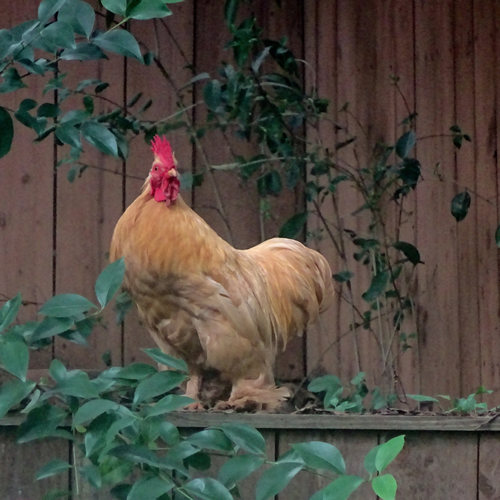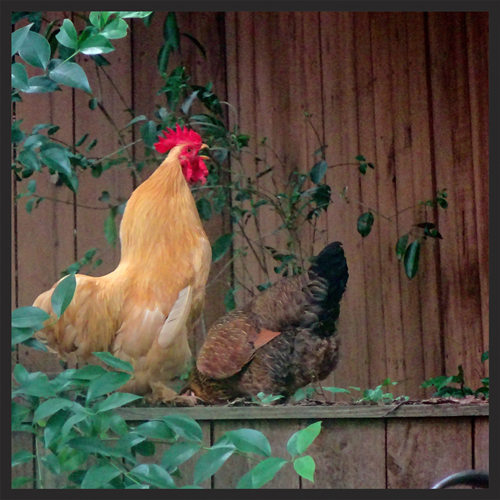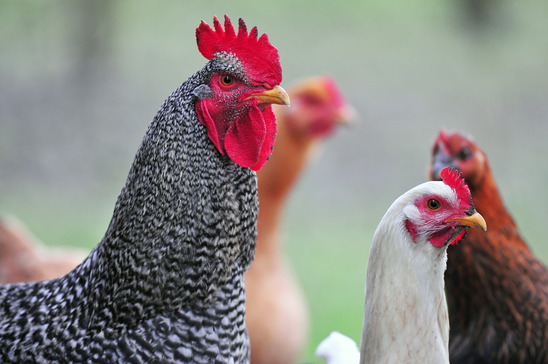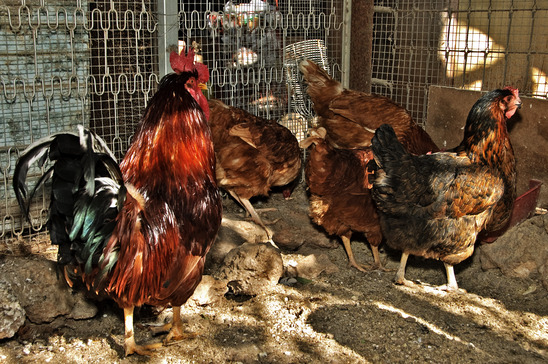Buff Cochin Bantams numbered among the spoils of the British during the ransacking of the Chinese summer palace in Peking in the year 1860. These were prized very highly by a ‘British fancier’ who was serving his country in China. This officer sent them home to a friend, who bred a few and later loaned them to a Mr. Kerrick.
These were inbred for nearly twenty years. Consequently their stamina gradually weakened, and sterility resulted.
During the year of 1884 some bantams were bred from the standard or large Cochin.

Photo taken by radellaf
Cochin Bantams are the most practical and useful of all the varieties of bantams. They have a very good constitution, thrive well in any climate, are capital layers, very docile, and stand confinement very well. Their only draw-back being their foot feathering. This can be remedied, however, by supplying them with fine sand or gravel. This will protect their foot feathers and prevent them from being broken and soiled as the case often is.
Cochin Bantams do not obtain their full form under sixteen to twenty months of age. Many of the narrowest cockerels develop into the finest cocks. The same being the case with the females. Many of the most inferior pullets develop into the broadest back and finest cushioned hens. It is, therefore, well to retain the finest colored specimens. It must be definitely understood that not all the Cochin Bantams develop into better cocks and hens than when they were cockerels and pullets.
I shall now describe the different sections :
Comb, face, ear lobes and wattles : bright red
Eyes : bay color
Beak : rich yellow
Head and neck hackle : rich golden buff
Back, wing bow and saddle : rich golden buff
Tail : rich golden buff (free from white or black)
Remainder of plumage : rich golden buff. A point to be obtained is to have one even color from head to tail, although the difficult point to achieve is the breast color.
Legs and feet : rich yellow.

Photo taken by radellaf
The female should conform to the above standard of color as the male. With the exception that the females are a little bit lighter.
When mating the birds it is best to use a male a trifle darker than the females. Some breeders have produced such a pale lemon color in the buffs that many of the breeders are continually mating their lightest birds together with the expectation that the progeny will be those beautiful birds so much admired by all. From such a mating the progeny usually produce a good per cent of birds with white in flights and taile coverts.
The best method of mating is to select a cock of an even shade that is a trifle darker than the hens. From such a mating a good per cent of the good birds can be bred with less culls.

